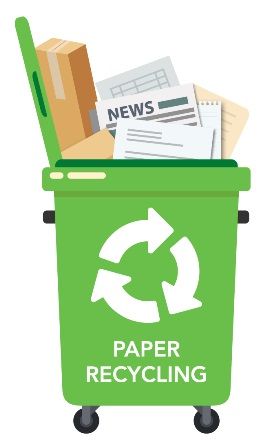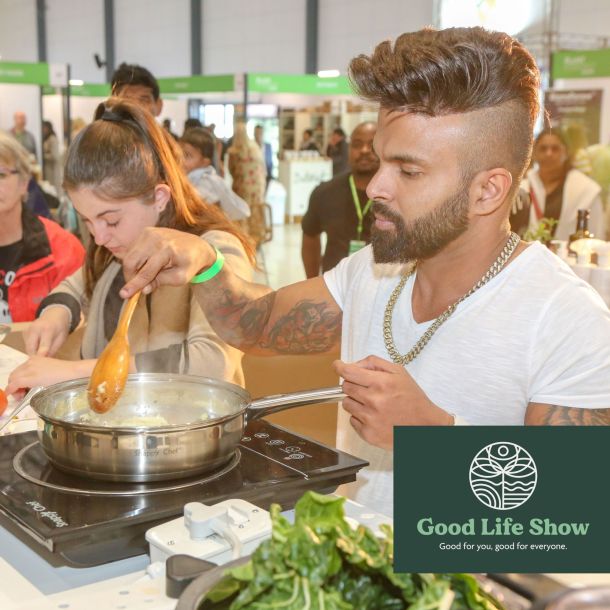
Is your business making these recycling mistakes?
When it comes to sustainable practices such as recycling, one of the most important, but often neglected steps is separation-at-source. The “source” is the final point of use or consumption. This could be anything from the home to the office, storefront or a petrol station forecourt where paper and packaging are used and disposed.
Even with waste management practices in place, your sustainability efforts could be thwarted when recyclables, non-recyclables and wet waste end up in the same bag.
Edith Leeuta, CEO of Fibre Circle, the producer responsibility organisation for the South African paper and paper packaging sector, explains: “If a plastic bottle or tin can comes into contact with a mass of wet tea bags or coffee grounds, it’s not too serious. However, paper and cardboard is made from natural fibres and any contact with moisture will set off the degradation process.”
“Paper and paper packaging needs to be clean and dry so that the fibres retain their structure and integrity for the next [re]cycle into a new product,” says Leeuta.
Unfortunately, a lot of useful paper gets contaminated by food, liquids and other waste in refuse bins, reducing its suitability for recycling and thus its value.
Keep it separate – from source to sorting
- Train your cleaning and waste management staff not to decant the contents of different bins in one bag.
- Even if there is a waste sorting facility on site, you are duplicating efforts and contaminating recyclables.
Label recycling and waste bins well with words and pictures
- Make it clear as to what products are recyclable, which are compostable and which products for landfill.
|
RECYCLABLE |
NOT RECYCLABLE |
|
· Common cardboard boxes of any kind - dry food, cosmetic and medicine boxes; roll cores, packing cartons · Paper grocery and take-away bags · Pizza boxes, burger boxes and paper-based clam shells – remove any food residue · Old telephone directories and books · Magazines · Newspapers · Milk, beverage and food cartons |
· Paper hand towel · Tissues and toilet paper · Wet or dirty paper and cardboard · Used paper plates · Disposable nappies · Wax-coated, foil-lined or laminated boxes · Cement and dog food bags · Foil gift wrapping, carbon and laminated paper |
Make it easy and convenient to recycle
- Install paper recycling receptacles in key locations and couple with bins for other recyclables and food and non-recyclable waste:
o At each desk
o At each printing/copying station
o In meeting and break rooms, and kitchen areas
o In reception
A study around container proximity showed that only 28% of paper was recycled where recycling containers were centrally located, but when recycling containers were placed in close proximity (on desks etc) to participants, 85% to 94% of all recyclable paper was recycled.
WHAT IS PAPER RECYCLING?
Paper recycling is the process of collecting waste paper and processing it mechanically and chemically for use in new products such as packaging and tissue. It is a complex activity involving citizens, informal waste collectors, small businesses, buy-back centres and paper recycling mills.
Related Articles

The Good Life Show. Good for you, good for ever...

1 Month to Go! Southern Africa Conference 5-6 A...

Are you Hampered with Continual SKU Shortages, ...

Say yes to a natural way of life and fight the ...


